
TLDR: The Government announced the beginning of its Gabrielle emergency response last night, pledging an initial $300 million to help repair roads, bridges, communications and to bolster small businesses.
But PM Chris Hipkins’ new Cabinet has yet to address its restated ambition of ‘building back better’ and more resiliently, which the Opposition has also pledged to do. Today I take a closer look below at what a true climate emergency response would look like, if it was shorn of the usual financial and political limits, which are much less solid that most would think or are used to.
I have opened this email and podcast up to all paying and free subscribers immediately for reading, listening and sharing immediately because of the public interest and the help I got last night from readers last night with suggestions. Many thanks in advance to paying subscribers for supporting this public interest journalism I do about climate, housing and poverty. Their subscriptions allow me to do it for the public either immediately or after a delay. We’d love you to join us.
Elsewhere in news breaking overnight and this morning:
US President Joe Biden staged a surprise visit to Kyiv overnight on the eve of the first anniversary of Russia’s invasion of Ukraine, pledging in a speech before walking about the city with President Vlodomyr Zelensky that the United States would support Ukraine “for as long as it takes.”;
UN inspectors found Iran had enriched uranium to 84% purity, which is much nearer to the 90% level seen as weapons-grade than previously thought or agreed, the WSJ1 reported last night;
Education Jan Tinetti this morning announced the creation of 82 new truancy officers at a cost of $74 million to to improve school attendance rates; 1News
Te Whatu Ora ordered pharmacies to stop charging the $5 co-payment for prescriptions for four weeks in Hawkes Bay, Tairāwhiti-Gisborne and Northland to help customers affected by Gabrielle, a pharmacist told me;
Wellington City Council has set up a housing trust to run its council houses, in the hope (yet to be confirmed) that the Government would grant it income related rent subsidies, similar to the ones the previous National Government granted housing trusts set up for Auckland and Christchurch councils, Justin Wong reports for The Dominion Post this morning;
Tina Law reports for The Press this morning that work on a number of cycleways could be delayed so Christchurch City Council can spend $34 million in “climate emergency” money from the Government; and,
The Greater Wellington Regional Council is set to increase bus fares by as much as 10% later this week, Finlay Dunseath reports for the The Dominion Post this morning.
Seriously. In the week after Gabrielle, two of our biggest councils are considering stopping building cycleways and increasing the cost of using buses to save money.
What a true climate emergency response could look like
The Government has started its Gabrielle rebuild with the announcement of an initial $300m of emergency relief funds to repair key roads and help small businesses, but says it wants to ‘build back better’ and in a more resilient way.
So what should that look like, if it was done in a bi-partisan way that did not strangle itself with limits on tax and net debt as a share of the economy? Or wasn’t subject to self-imposed political ‘third rails’ around ‘ute taxes’, ‘the war on cars’ and backlashes against densification?
As both the Government and the Opposition has said, the Crown can afford a rebuild, even with the current relatively low net debt limit of 30% of GDP and the unwritten but just-as-real bi-partisan understanding that taxes should be around 30% of GDP in the long run. Currently, net debt is around 21% of GDP and forecast to drop under 15% in the next four years, which means there is $60 billion of borrowing headroom. A bi-partisan agreement to rebuild better could remove those ‘third rails’.
So if Aotearoa treated Gabrielle as the moment we really started our climate emergency response, what could/would/should that look like. I asked the following question via Twitter yesterday afternoon and got over 100 replies as of 6.30am this morning. Have a click through to read in full, including the various discussions to the responses. I’d also love suggestions below today in comments from paying subscribers.

The white board session for the climate emergency generation
Without any deeper analysis or assessment yet, here’s the suggestions for a climate emergency response to both reduce climate emissions and adapt to climate change:
Making public transport free for all;
Investing in converting some road lanes to walkways and cycleways very quickly;
Stopping tunnel-heavy rail line plans in Auckland and Wellington because of the cost and large up-front climate emissions from the construction process and delays in shifting transport from roads to rail;
Building dual cycleways/walkways on sea walls around coastlines;
Building more, faster and double-tracked electrified commuter and freight railways from Whangarei to Invercargill;
Restoration of wetlands and native forests;
A new inter-island DC cable;
Subsidies for e-bikes, e-buggies, scooters and electric cars and utes;
Convert all Landcorp land back to native forests;
Focus city developments on 15-minute city concepts that plan for ‘spongey’ city developments such as rebuilt wetlands, ponds, permeable roads and paths and water retention tanks;
Remove RMA completely for cities and remove all consenting fees with funding for councils from central Government;
Offer massive subsidies to put solar panels and batteries on north-facing residential, commercial, industrial and farm building roofs to produce micro-grids for resilience and extra renewable generating capacity;
Renewable waste-burning electricity generation to replace coal burned at Huntly;
Stop free on-street parking;
Plan for fast population growth to 30 million people by 2100 through migration to provide labour for rebuilding and investing in infrastructure, given over 100 million wealthy people in South Asia, South East Asia and the Pacific will want to migrate to climate change havens such as South-East Australia, Tasmania and Aotearoa;
Build a network of nuclear power plants;
Switch from dairying to regenerative agriculture growing hemp and oats;
Pay land owners compensation in managed retreats;
Create a Green Ministry of Works;
Shift truck fleet from diesel to renewable hydrogen;
Create Starlink hubs in every town;
Pay grants for home owners to collect 1,000 litres of water on their own properties;
Double the navy, airforce and army capacity for airlifts and emergency help after climate disasters;
Close Tiwai Point to free up renewable electricity for electrifying the economy at lower power prices; and,
Undergrounding all power and telecommunications cables.
That’s a starter for ten and in the coming weeks and months I’ll dig deeper into as many as I can to look at the costs, benefits and various political, physical and (any) financial constraints.
I welcome further suggestions in the comments below.
Quote of the day
‘Ich bin ein Kyiv-er’
“You remind us that freedom is priceless. It’s worth fighting for, for as long as it takes. And that’s how long we’re going to be with you Mr President. For as long as it takes.” US President Joe Biden speaking in Kyiv overnight. CNN
Charts of the day
How covid increased the death rate in 2022
Stats NZ released birth, death and migration data yesterday for 2022 which showed Aotearoa’s crude death rate rose to 7.5 per 1,000 people in calendar 2022 from 6.8 in 2021 and an average in the four years pre-covid of 6.7 per 1,000. Total deaths rose 10.4% or 3,642 to 38,574 last year. Manatū Hauora (Ministry of Health) estimated 2,400 deaths were attributable to covid last year.
Our climate is changing
This chart from Waikato University climate scientist Dr Luke Harrington tells the story of Gabrielle, in the context of previous two-day deluges in Northland, Coromandel and Hawkes Bay (Tairāwhiti data is not available yet). The rain that fell in those two days was almost three times the monthly average for those regions.
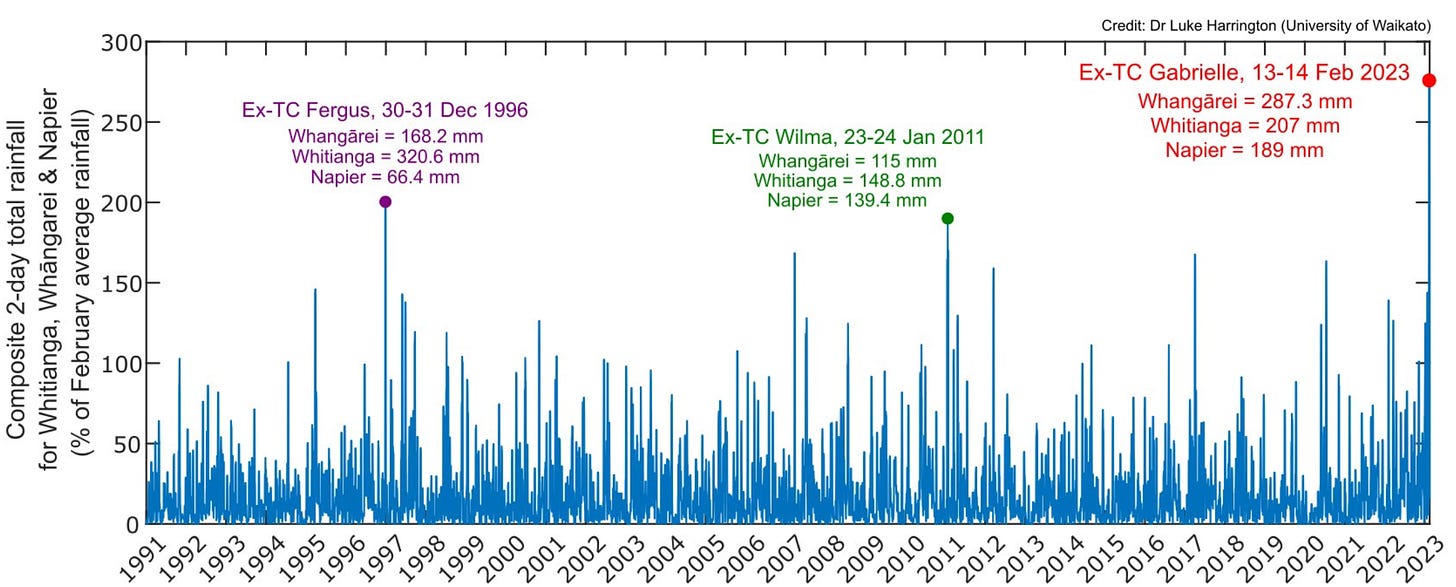
Other useful longer reads and listens

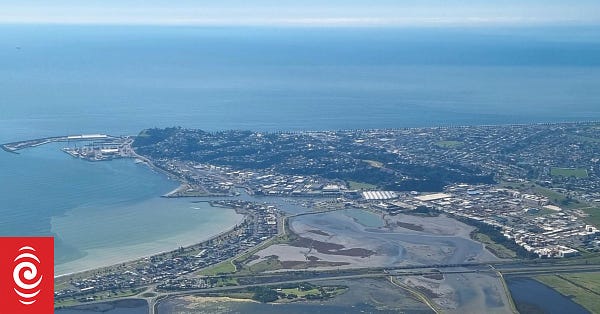










Profundities, curiosities, spookies and feel-goods

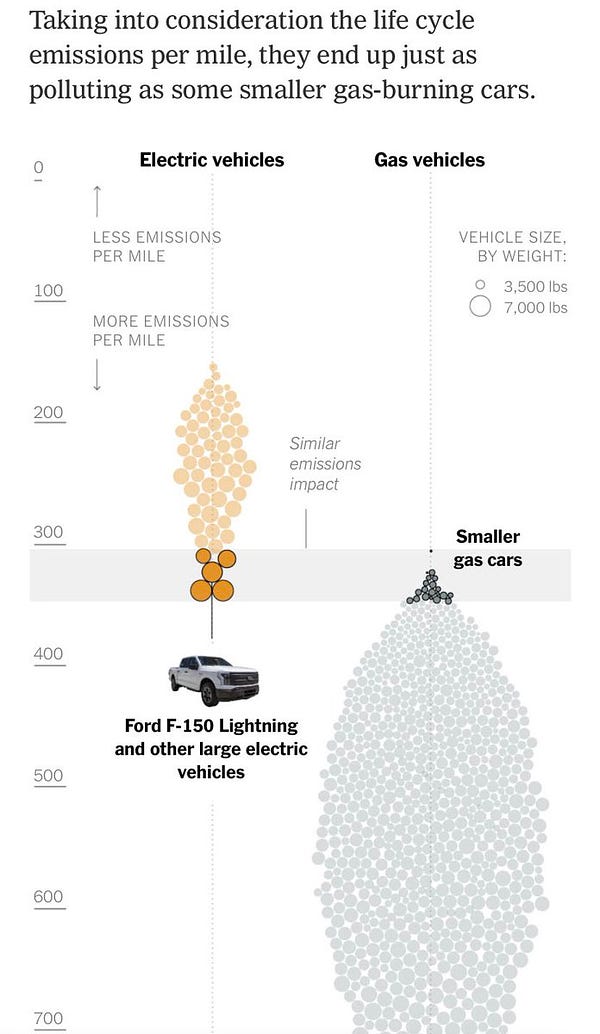

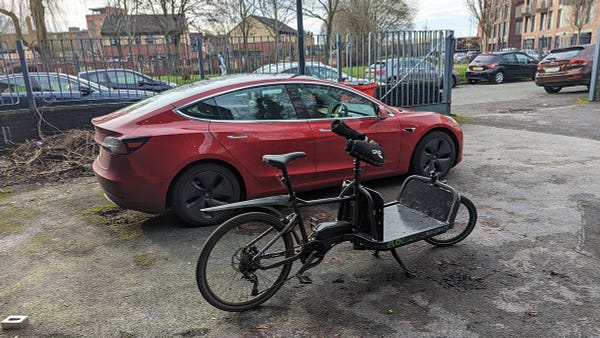


Fun things

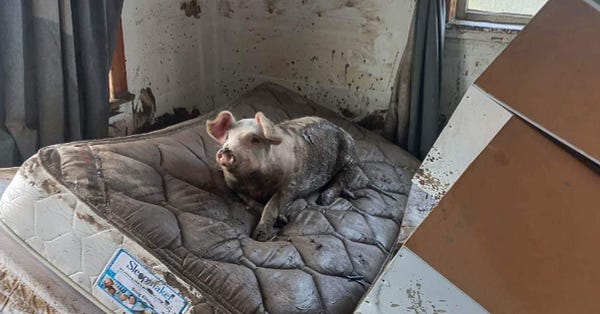
Ka kite ano
Bernard

















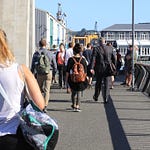
What building back better could look like